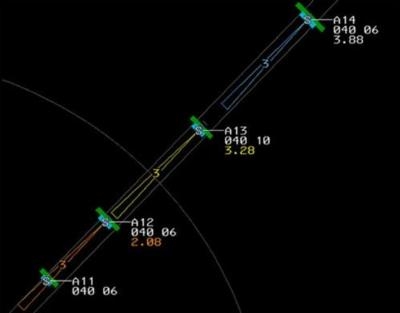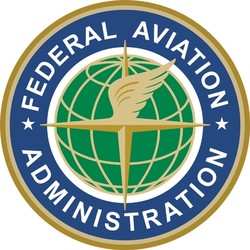Fri, Sep 09, 2011
First Use At Minneapolis-St. Paul Leads Way For NextGen Support
Nationally
Air traffic controllers at the Minneapolis Terminal Radar
Approach Control (TRACON) are using an innovative next generation
tool developed by The FAA and Lockheed Martin to help maintain safe
separation between aircraft on final approach. The advancement
enhances the Common Automated Radar Terminal System (CARTS), a
program Lockheed Martin primes for the FAA at more than 100 TRACONs
nationally.

Known as Automated Terminal Proximity Alert (ATPA), the tool
automatically lets controllers at the Minneapolis-St. Paul
International Airport know what the distance is between aircraft
that are flying in-line instrument approaches. Another feature is
that the system will visually alert a controller when a trailing
plane is predicted to get too close to an aircraft ahead of it,
allowing the controller to take action before a loss of standard
separation occurs. The tool is an example of how the FAA is
applying applications today that are tied to its next generation
air transportation strategy.
"ATPA is a tool that will help controllers optimize performance
using existing separation standards," said Sandra Samuel, vice
president of Lockheed Martin's IS&GS-Civil Transportation
Solutions business. "Being able to roll out ATPA now demonstrates
Lockheed Martin's commitment to providing the FAA with NextGen
improvements today, not tomorrow."
One useful feature of ATPA is the distance processing. The
controller's radar display will show the distance between two
aircraft on final approach, placing the amount of separation next
to the track of the trailing flight.

Another feature controllers at the Minneapolis TRACON are
finding helpful is the ATPA's warning and alert cones. The cones
show up on a controller's radar display when the trailing plane is
predicted to get too close to the aircraft ahead of it. The narrow
end of the cone starts at the trailing plane, with the broader end
extending toward the leading aircraft. The colors of the cones are
changed when the aircraft are projected to get closer than the
minimum required separation, prompting the controller to take
action.
"Controllers had a previous tool that required them to enable
graphics manually, but their desire for automation led to the
development of ATPA," Samuel said. "This new capability will
support increased arrival rates by helping controllers consistently
maintain the precise minimum aircraft separation standards."
The St. Louis TRACON is also using the tool, and it should be
available at the Chicago and Denver TRACONs soon. Current plans are
to bring ATPA to other CARTS facilities that have color displays by
the end of the year.
More News
Aero Linx: International Federation of Airworthiness (IFA) We aim to be the most internationally respected independent authority on the subject of Airworthiness. IFA uniquely combi>[...]
Ultrahigh Frequency (UHF) The frequency band between 300 and 3,000 MHz. The bank of radio frequencies used for military air/ground voice communications. In some instances this may >[...]
A Few Questions AND Answers To Help You Get MORE Out of ANN! 1) I forgot my password. How do I find it? 1) Easy... click here and give us your e-mail address--we'll send it to you >[...]
From 2019 (YouTube Edition): Learning To Paint Without Getting Any On Your Hands PPG's Aerospace Coatings Academy is a tool designed to teach everything one needs to know about all>[...]
Also: Sustainable Aircraft Test Put Aside, More Falcon 9 Ops, Wyoming ANG Rescue, Oreo Cookie Into Orbit Joby Aviation has reason to celebrate, recently completing its first full t>[...]
 ANN's Daily Aero-Linx (05.06.25)
ANN's Daily Aero-Linx (05.06.25) ANN's Daily Aero-Term (05.06.25): Ultrahigh Frequency (UHF)
ANN's Daily Aero-Term (05.06.25): Ultrahigh Frequency (UHF) ANN FAQ: Q&A 101
ANN FAQ: Q&A 101 Classic Aero-TV: Virtual Reality Painting--PPG Leverages Technology for Training
Classic Aero-TV: Virtual Reality Painting--PPG Leverages Technology for Training Airborne 05.02.25: Joby Crewed Milestone, Diamond Club, Canadian Pilot Insurance
Airborne 05.02.25: Joby Crewed Milestone, Diamond Club, Canadian Pilot Insurance




